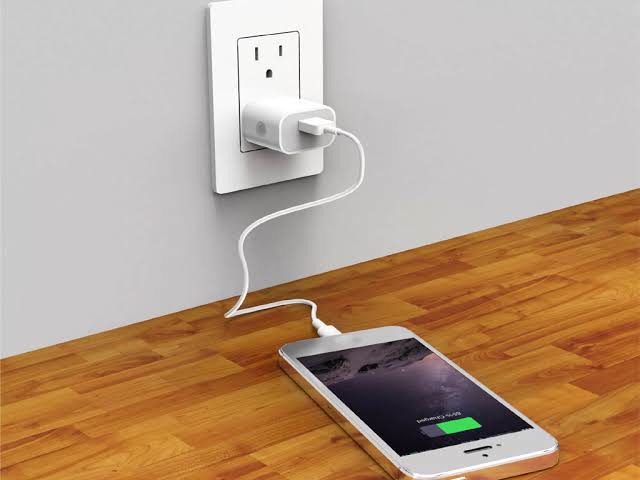Metro News
7 risky places you should avoid charging your phone

In today’s world, our smartphones have become essential, connecting us with loved ones, work, and the digital universe.
However, while it’s convenient to charge your phone whenever and wherever you can, there are certain places where doing so might actually be harmful.
Whether it’s due to security risks, potential damage to your device, or poor charging practices, being aware of where not to charge your phone is vital for maintaining its longevity and keeping your data safe.
While it’s tempting to charge your phone whenever the opportunity arises, there are certain locations where plugging in could be more harmful than helpful.
From cyberattacks to potential fire hazards, here are five locations where you should think twice before plugging in your device;
1. Public USB charging stations
Found in places like airports, hotels, and malls, these stations may be convenient but are prime targets for “juice jacking.”
Hackers can install malware in these USB ports or cables, which can steal your data or install harmful software on your phone.
2. Wet or humid environments
Charging your phone in the bathroom or near a pool increases the risk of water damage, which can lead to short-circuiting and permanent damage to your device.
3. Car USB port
While it might seem handy, charging your phone in your car isn’t always the best choice. Car USB ports often deliver lower power, leading to slower charging times.
Additionally, these ports can serve as data channels, potentially exposing your phone to unauthorized access.
4. Direct sunlight
Leaving your phone to charge in direct sunlight can cause it to overheat, leading to battery damage and potential safety risks like explosions or fires.
5. Laptop or desktop computer
Charging through a computer’s USB port may be convenient, but it comes with risks. If the computer is infected with malware, your phone could be exposed to security threats.
Moreover, charging this way is typically slower compared to using a wall charger.
6. Outdoor or unsecured power outlets
Using power outlets in parks or public spaces can be hazardous. These outlets might expose your phone to environmental factors like moisture or dirt, and they often deliver inconsistent power, which can damage your battery.
There’s also the risk of theft, as your phone is more vulnerable in public areas.
7. Bed or under your pillow
Leaving your phone to charge on your bed or under your pillow is dangerous. Smartphones generate heat while charging, and trapping that heat under bedding can lead to overheating or even fires.
To stay safe, charge your phone on a hard, flat surface, and unplug it once it’s fully charged.





















